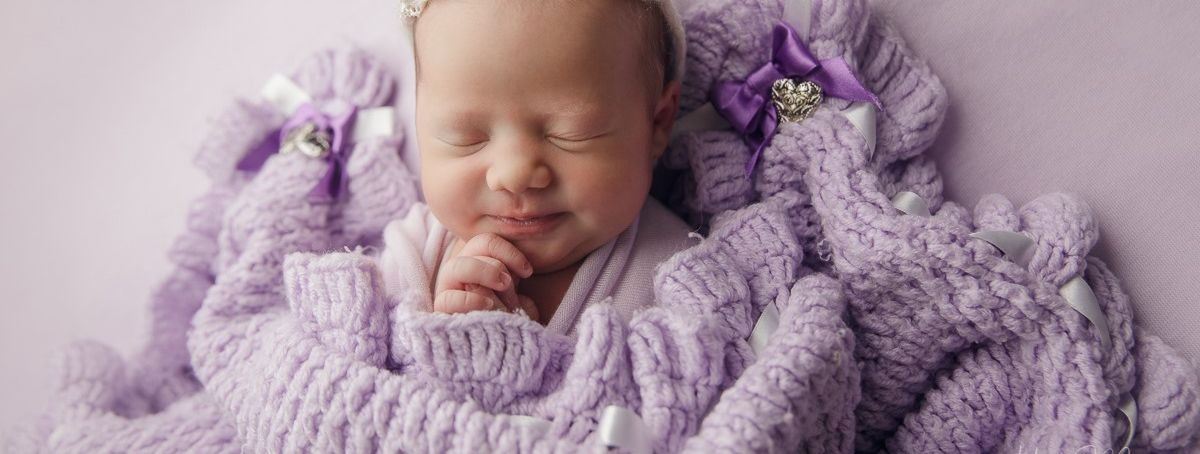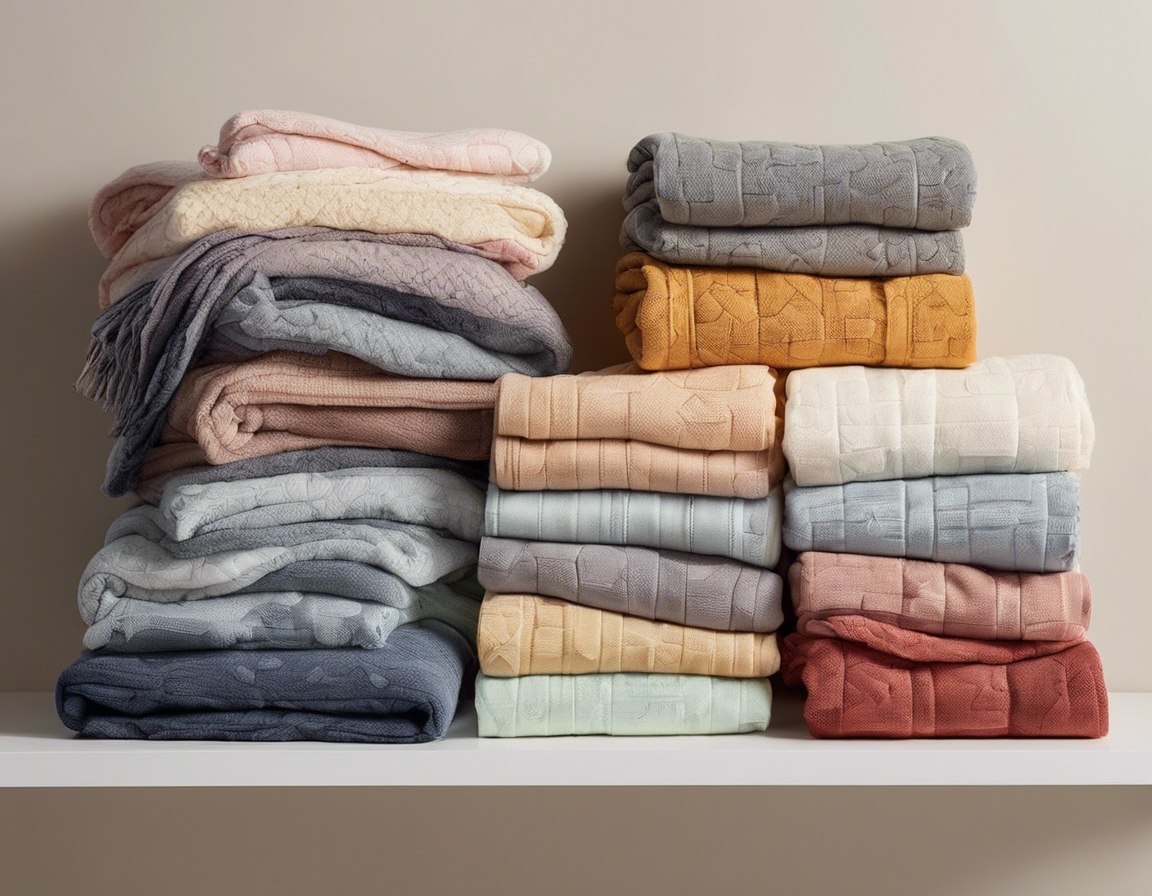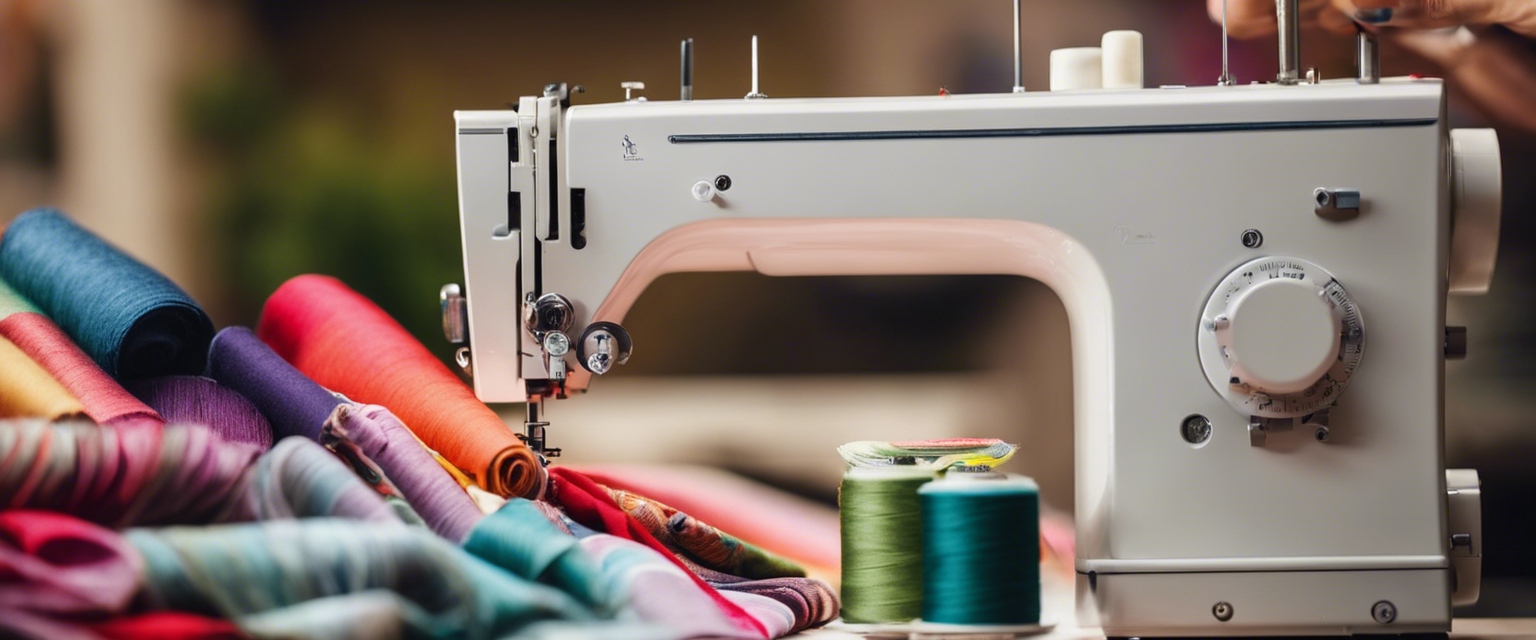How to choose the perfect baby blanket
When it comes to preparing for the arrival of a new baby, selecting the perfect blanket is more than just a matter of decor; it's about comfort, safety, and love. A baby blanket is often a keepsake item that will be cherished for years to come.
Understanding the Importance of Material
Choosing between natural and synthetic fibers is crucial. Natural fibers like cotton, bamboo, and wool are breathable and gentle on the skin, while synthetic fibers offer durability and vibrant colors.
Organic materials are free from harmful chemicals and pesticides, making them a safer choice for your baby's sensitive skin.
Size Matters: Picking the Right Dimensions
Baby blankets come in various sizes. Receiving blankets are typically smaller, while crib blankets are larger to fit comfortably in a baby's crib.
Consider a blanket that will be useful beyond the newborn stage, allowing for growth and multiple uses such as swaddling, tummy time, and stroller coverage.
Design and Style: Aesthetic Considerations
Choose colors and patterns that reflect your style or the theme of the nursery. Soft, calming colors are popular, as are gender-neutral designs.
Personalized blankets with the baby's name or initials add a special touch and make for wonderful gifts.
Comfort and Texture: Ensuring Baby's Happiness
The blanket's texture should be soft to the touch to provide comfort and a positive sensory experience for the baby.
It's important to find a balance between a blanket that is warm but also allows for air circulation to prevent overheating.
Practicality for Parents
Look for blankets that are machine washable and durable enough to withstand frequent washes.
A good baby blanket should be easy to carry around and versatile enough for various situations and needs.
Safety First: Compliance with Standards
Ensure the blanket meets safety standards for flame resistance and doesn't contain harmful chemicals.
Check for any loose parts or attachments that could pose a choking hazard and ensure all elements are securely attached.
Environmental and Ethical Considerations
Opt for brands that use sustainable practices and materials, reducing the environmental impact of your purchase.
Consider purchasing from companies that support local artisans, contributing to ethical manufacturing processes.






Comments (0)